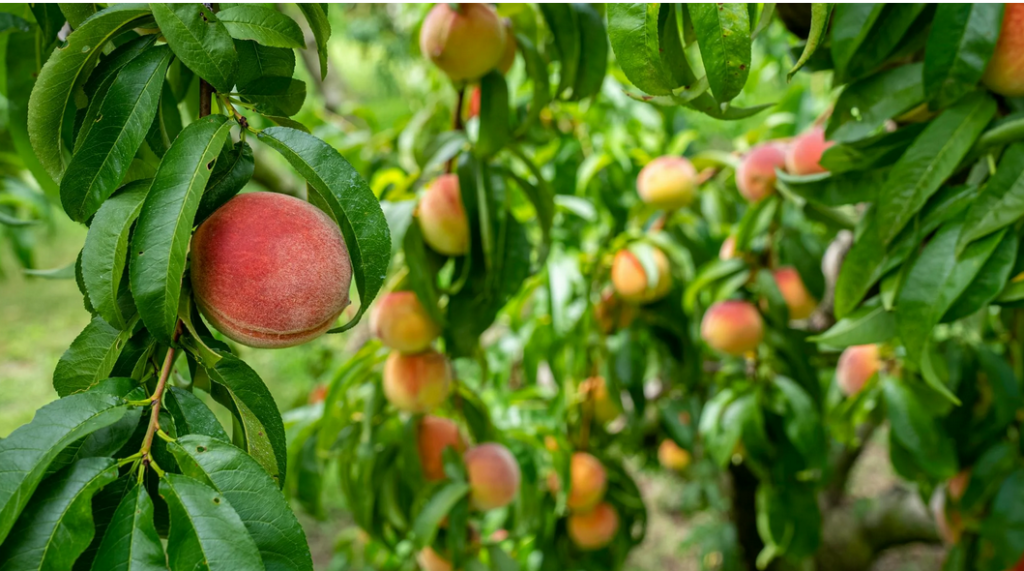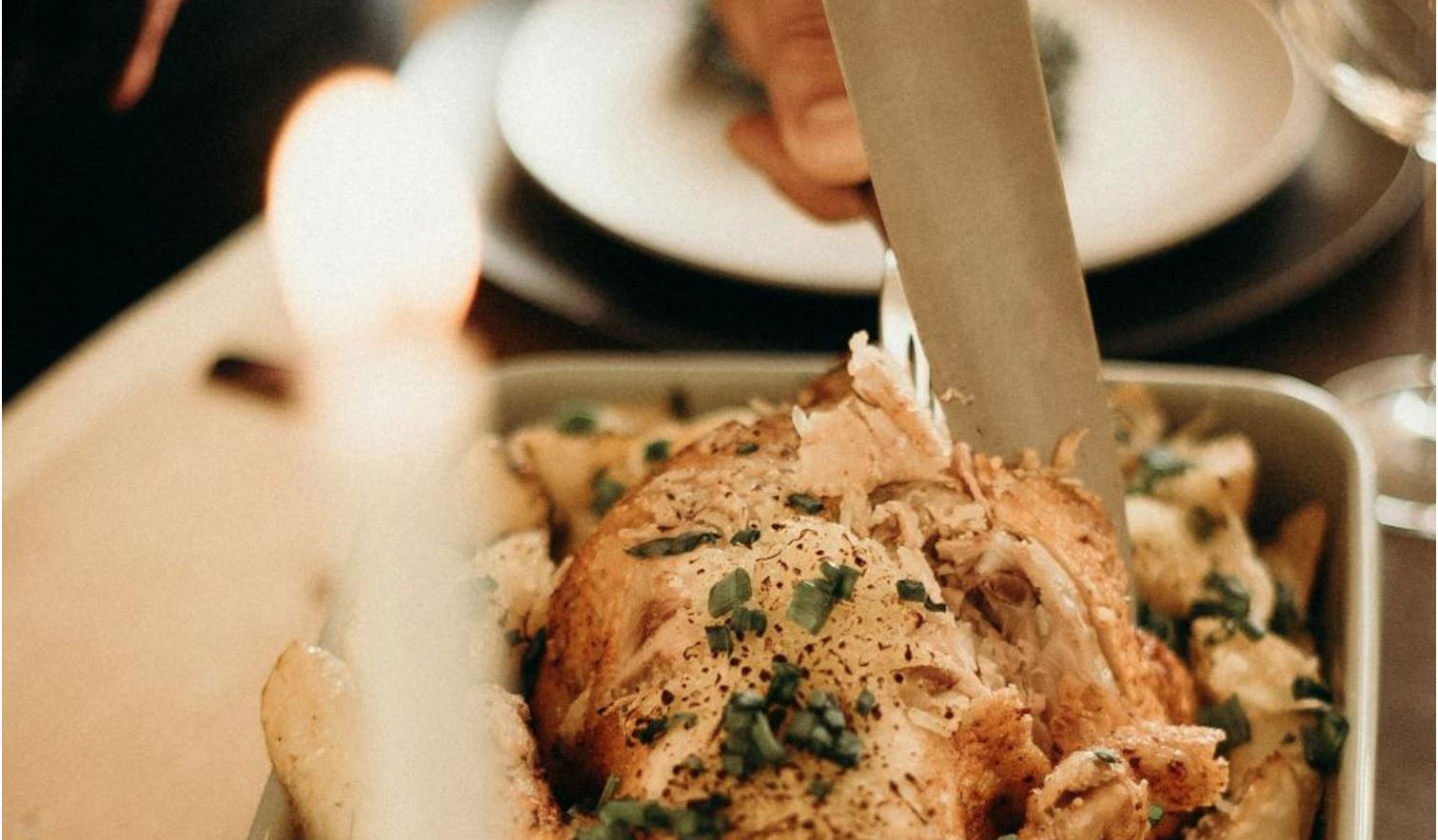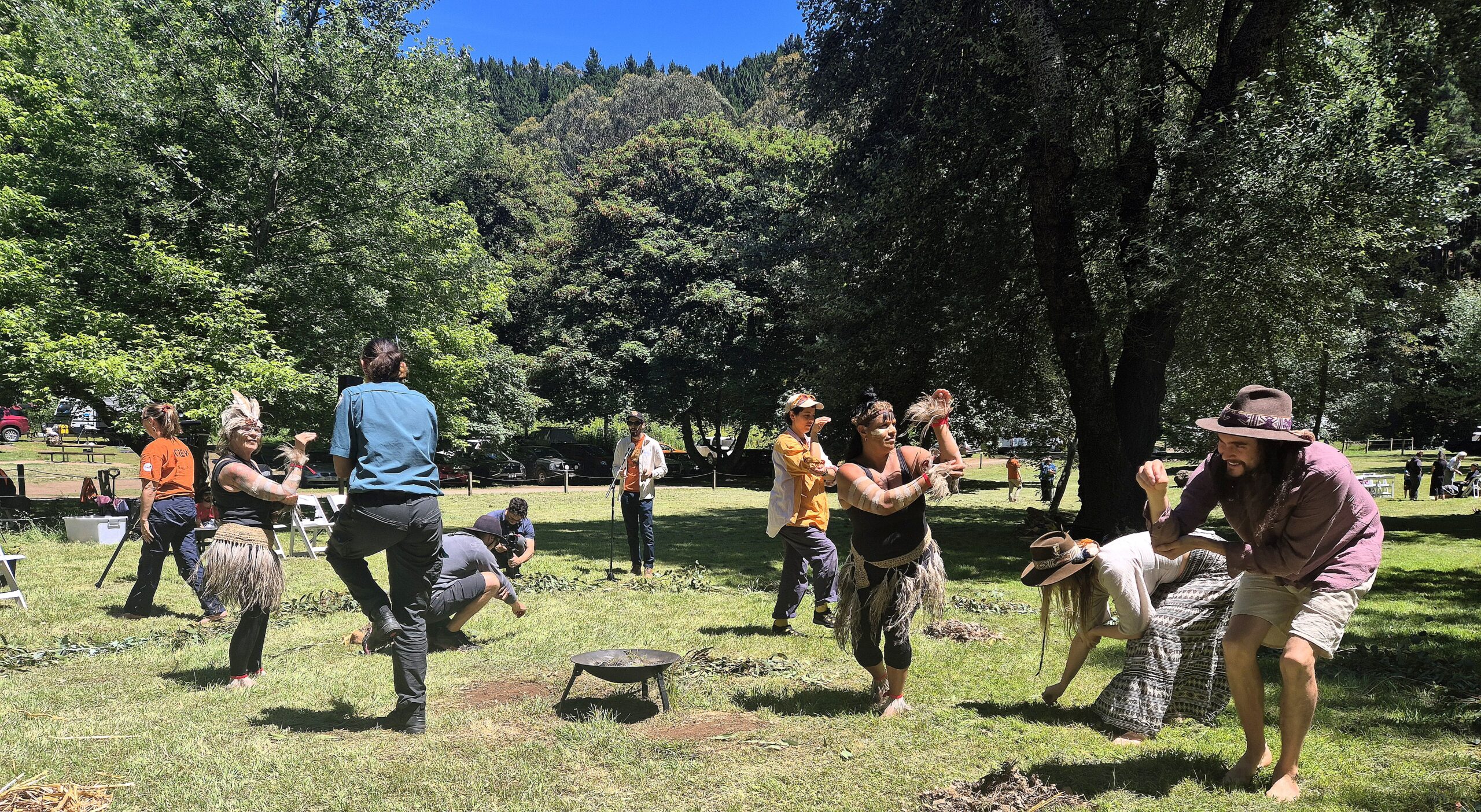August 20th, 2024Glen, about the house
What’s all the fuss about pruning deciduous fruit trees each year? Well, the simple answer is almost all deciduous fruiting trees produce their flowers in early spring, which coincides with the awakening of various flying, nectar seeking, insects.

Most important of all the visitors are the hordes of hairy-legged aptly named honey bees who, while gathering their winter’s stock of nectar and pollen, are innocently catering for immensely larger appetites.
So, it’s up to us to see that our fruiting trees are given all the help they need to flower and bear plenty of healthy crops.
Best pruning methods for the most popular trees Apple/Pear – Ideally suited to a central leader shape they take several years to think about fruiting and bear most fruit on short fruiting spurs.
If left alone right from the nursery stage they will develop a straight stem with a first crown of 4-6 branches approximately 1 metre above the ground, and still retain the sturdy centre leader.
In another three or so years the tree will be nearing full size and should be showing signs of cropping. By then, pruning should be restricted to just shaping and light pruning.
Quince – Are prone to be shrub-like with no central trunk but multiple sturdy main branches supporting a framework of flowers/fruit.
Because the fruit is individually heavy and borne on the tips of branches, normal cup-shaped tree branches would soon bow to the weight and later break down.
After the heavy-duty, frame-building pruning is done, all that is needed is mainly thinning out of excess wood and eliminating any stray watershoots.
Because the fruit grows on the tips of last year’s wood, this should not be cut off, which makes regular pruning largely unnecessary.
Peach/Nectarine – They are closely related, with no basic differences in development and structure and near impossible to tell apart when they’re leafless.
Since they bear fruit only on young wood developed on the previous year, we have to force this each year by hard pruning.
If not they will soon become bare on the lower branches, and the crops start to appear only on the higher branches.
Then you will find the centre of the tree opening up, letting the hot summer sun in to scorch and ruin the main limbs.
Cut short alternate twigs on the branches to force new fruiting for next year but leave some to fruit now.
Apricot – Avoid pruning to the open centre, it will require drastic pruning to stop growing too far out and splitting with the weight of the crop – and the drastic pruning needed to rectify the problem can encourage the dreaded scourge, the deadly gummosis.
So if you are about to purchase a new apricot, choose one with a straight, healthy growth and stake it to take over the principal role.
The growth of the apricot is erratic and we can’t force it too long to shape it. The obvious answer is to choose a healthy tree with developed trunk and a central leader of four or five arms.
This is a liberal shape which should work out with a little guidance this should consist of taking off about half the length of the leaders to force out spurs which will carry most of the crop.
These will last for three to five years, but new ones will appear from time to time if the tree isn’t very dense.
Next issue I’ll conclude this saga with plums, cherries, almonds etc. Please let me know through The Local, if you want a specific tree or vine added to the list.










